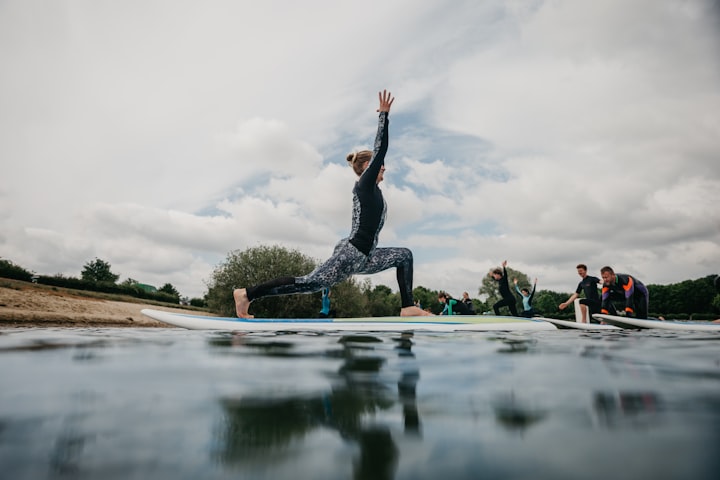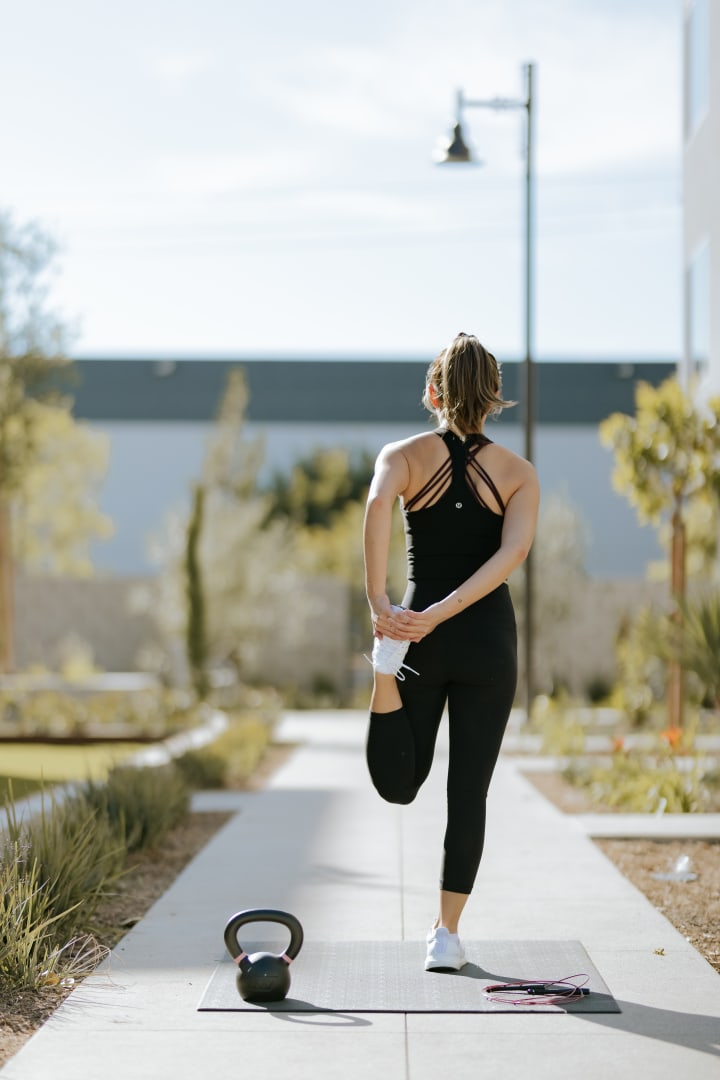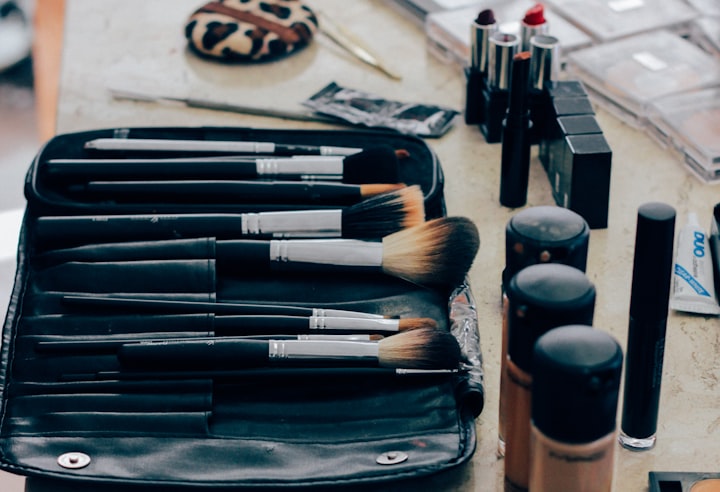How to perform self-fascial relaxation?
Stiffness and discomfort, swelling and coldness in the lower half of the body

Stiffness in one part of the fascial web, or sticking to each other can lead to such uncomfortable results. Chronic body stiffness throughout the body, even stretching exercises do not improve flexibility ....... You should do a full body fascial relaxation.

Q: Many readers who love sports have fasciitis in different areas, what do you recommend?
A: Fasciitis in some areas can be relieved by proper exercise to strengthen the muscles. You can engage in jogging, swimming, badminton, and other sports that are not physically confrontational and not too intense.
Q : How can I prevent fasciitis after exercise?
A: If you are doing professional, high-intensity fitness exercises, it is recommended that you seek the help of a personal trainer. A professional personal trainer can provide post-exercise muscle and fascia relaxation for fitness enthusiasts, which can effectively prevent sports injuries. For example, foam rollers can be used for myofascial relaxation. Foam roller myofascial relaxation as a sports massage not only extends muscles and tendons, it also demolishes soft tissue adhesions and scar tissue while increasing blood flow and soft tissue circulation.
Q: Can I achieve weight loss through fascial stretching?
A: Fascia is a membrane that wraps around the outside of the muscles. By stimulating the fascia, the tension in the inner muscles is relieved, thus promoting muscle stretching. The most important feature of myofascial stretching is to stretch while breathing deeply, which activates the autonomic nerves and improves immunity and self-repair. At the same time, stimulating the fascia, allows the muscles to move more effectively, creating a leaner body.
Because the smooth hand and foot determine which side of the body is used, the muscle balance between the left and right can be off. If you feel stiffness in your shoulders and side back, relax your side net.
Side net
Myofascial relaxation
Keeping the center of gravity through the same hand or foot often puts a burden on the neck and back bone, causing the body to twist. The muscles that are often used are stronger, while the muscles that are not often used become weaker, resulting in an imbalance between the left and right sides of the limb. In this state, the fascia becomes stiff and contracted or sticks to each other, causing stronger stiffness and pain on one side.
In particular, people who often use one shoulder to carry a backpack and notice a difference in the height of their left and right shoulders when looking in the mirror should do exercises to relax the side net fascia.
This way you can feel the side net
Turn your right leg back and cross your lower body and raise your arms. Press the right elbow with the left hand and tilt the upper body to the left. At this point, you should feel the stretch from the outside of the right leg to the armpit.
A deviation of the weight from left to right will tend to add to the knee joint. Therefore, from the outer calf to the outer thigh, it is important to relax carefully.
1. Lie on your side with your left knee on the ground
Towel roll on the outside of the left calf. Raise the waist slightly and press to stretch while rolling.
2、Press to stretch the fascia of the outer thigh
Roll the towel roll while pressing and stretching the entire outer left thigh.
3、Press and stretch the fascia under the armpit
Move the towel roll to the left armpit and use your weight to press and stretch.
4、Press and stretch the fascia at the root of the arm
Move the towel roll to the root of the left arm and press and stretch the fascia under the armpit.
5、Press and stretch the lateral fascia of the upper arm
Roll the towel roll from the armpit toward the upper arm and slowly press the fascia on the outside of the arm.
6、Press and stretch the fascia on the outside of the forearm
With the palm of your left hand facing up, place your wrist on the towel roll. Pull the left hand with the right hand until the wrist, and slowly press to stretch.
People with a hunched back or a counter-pronounced waist may be caused by a backward or forward tilt of the pelvis. Stretching the legs may also cause the pelvis to twist. Distortion of the pelvis can worsen blood circulation in the lower body, leading to coldness or swelling.
Relaxing the fascia of the inner net can adjust the balance of the muscles that support the pelvis, making it easier to improve the body distortion. Better blood and lymph circulation in the body stem will eliminate coldness, swelling, and lower body fat.
Inner net
Myofascial relaxation
This is a network of fascia that is crossed and connected at the center of the trunk. If you have a twisted pelvis or are afraid of cold and have a fat lower body, try to relax the fascia of the inner net.
This way you can feel the inner net
Sit on the floor with the sole of the right foot against the root of the left leg. Directly bend your upper body forward. You should be able to feel the stretch from the right side of the right shoulder to the right armpit, the left femoral joint, and the left leg.
The inner net is run crosswise with the abdomen as the center, so you should stretch and relax from the left leg to the abdomen → left wrist, and from the left leg to the abdomen → right wrist, crosswise with the abdomen as the center.
1、Press to stretch the inner calf fascia
Elbows on the ground body lying down, towel roll on the inner right calf press stretch.
2、Press and stretch the fascia at the root of the thigh
Put the towel roll on the root of the right leg and slowly press and stretch the femoral joint to the inner thigh.
3、Press and stretch the deep fascia of the abdomen
Lie on your side with the right armpit facing down. Place the towel roll under the side waist area, straighten the left wrist, and press to stretch the armpit.
4、Press and stretch the fascia of the inner part of the upper arm
Extend the arm with the palm of the left hand downward and place it on the towel roll to stretch the upper arm with pressure.
5、Press to stretch the fascia of the inner forearm
Place your left palm down on the towel roll with your wrist. The right-hand breaks the left palm and stretches in the direction of yourself.
The arm net is the upper body fascial network that connects the neck, shoulders, chest, and arms. Long hours of office work or looking at the phone can cause the posture to tilt forward and the chest muscles to contract, causing the fascia to stiffen.
The stiffening or adhesion of the fascia of the arm net will limit the flexibility of arm movements, and over time the fatigue of the hands and arms will be difficult to eliminate. In addition, the sternocleidomastoid muscle, which extends from the neck to the chest, is closely related to the vagus nerve, which controls the parasympathetic nerve. Relaxing the fascia here can relax the body and mind.
arm net
Myofascial relaxation
The arm net is a network of fascia that covers the neck, shoulders, chest and front of the arms. For those who feel stiffness in the upper body due to office work, the fascia of the arm net may have become stiff. This does not require a towel roll.
You can feel the arm net in this way
With your right hand on the wall, bend your upper body to the left and press your head to the left with your left hand. You should be able to feel the stretch from the right side of the neck to the right chest, right arm, and right wrist.
1. Head down to the right, stretching the left side of the neck
Use your right hand to press your head to the right, stretching the left side of your neck, and hold this position.
2、Press to stretch the sternocleidomastoid muscle
Lift the chin and tilt the neck to the right, and place the four fingers of the right hand other than the thumb behind the left ear. Press and stretch toward the front of the neck diagonally downward.
3、Press and stretch the side of the neck
Place the left hand on the lower part of the wall and the right hand on the left side of the neck. Twist the body directly to the right to stretch the side of the neck.
4、Press to stretch the chest muscles
Place your left hand on the wall above your shoulders and place the palm of your right hand under your left clavicle. Stretch by pressing directly toward the center of the body.






Comments
There are no comments for this story
Be the first to respond and start the conversation.